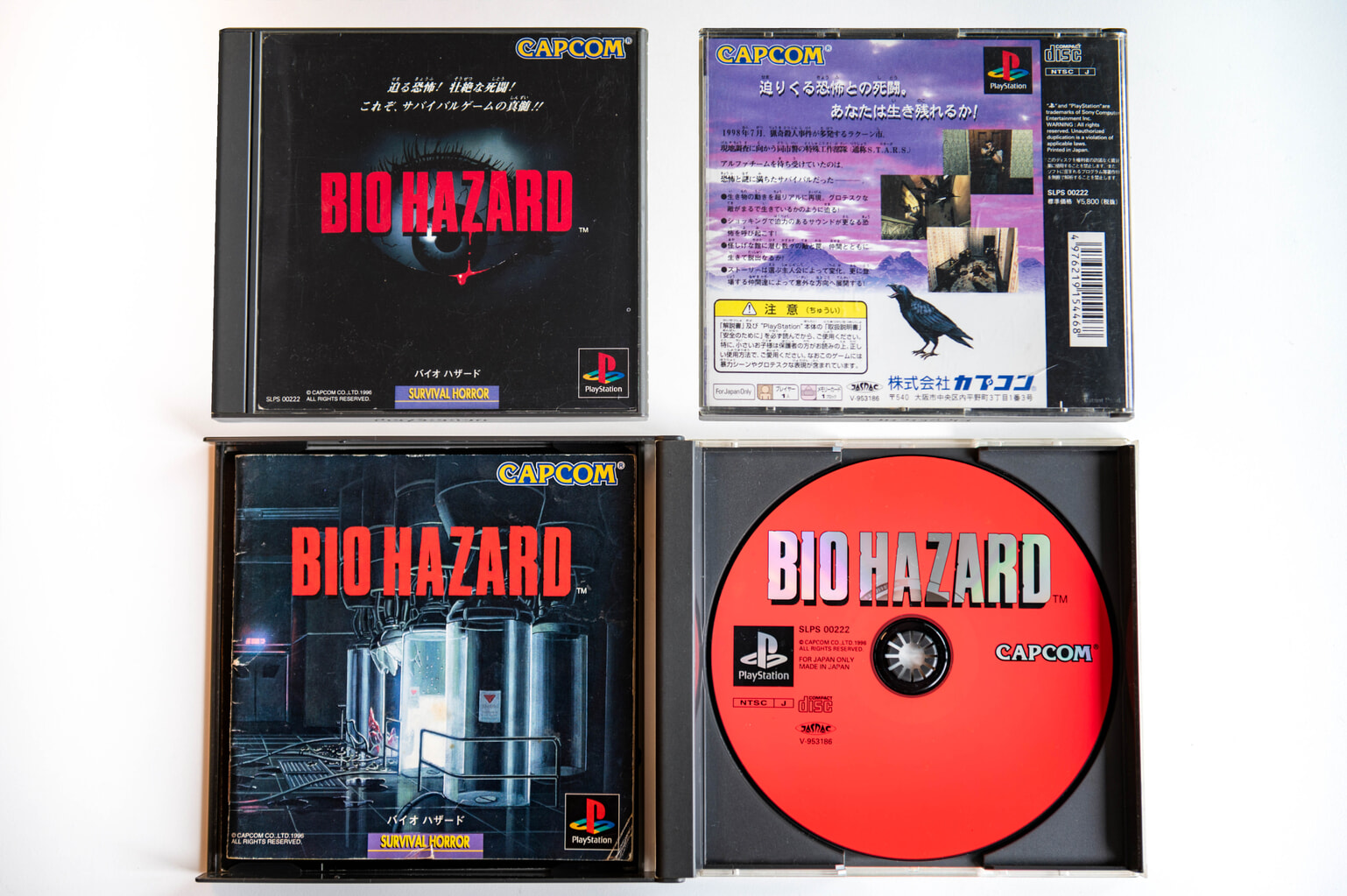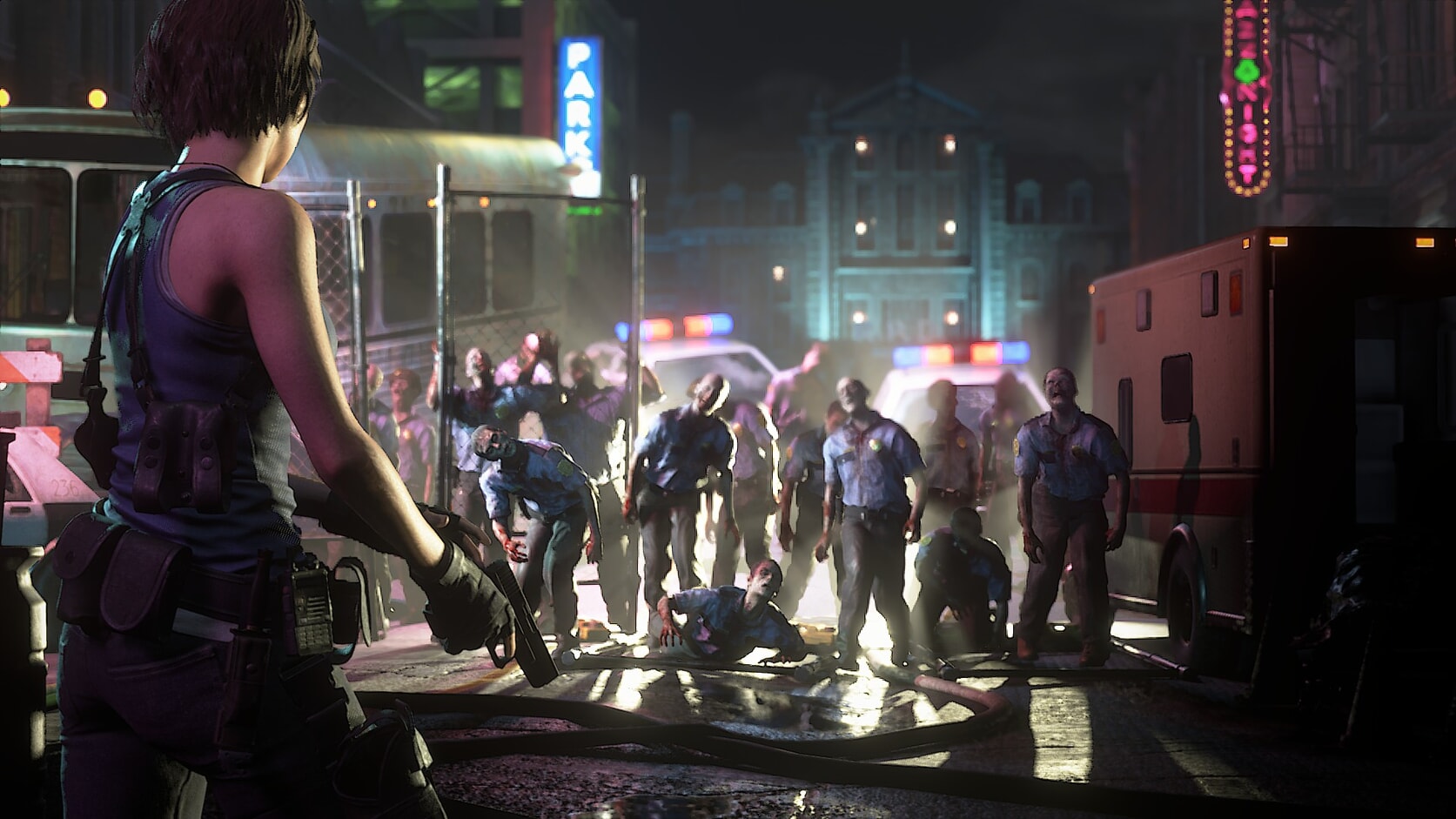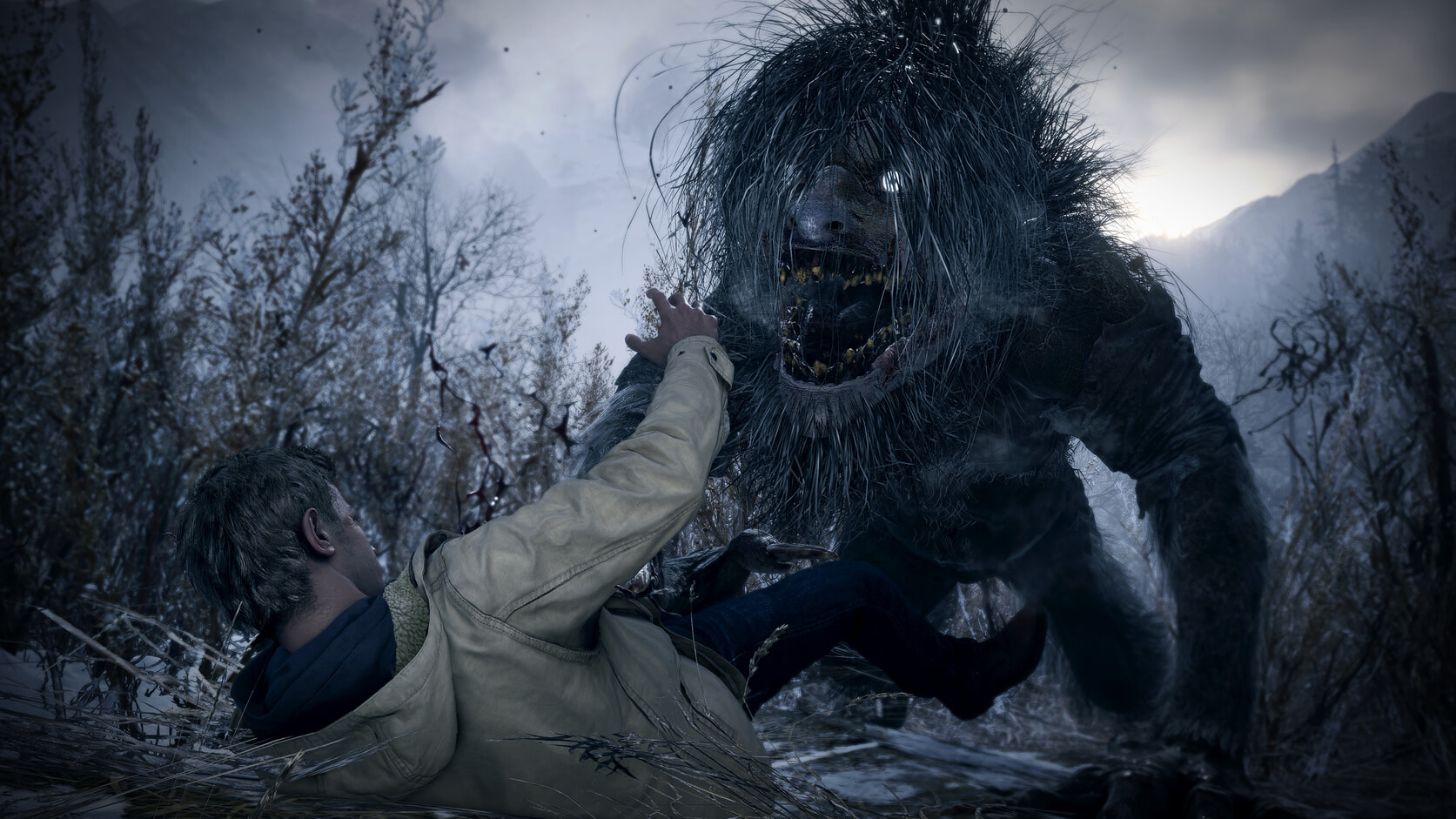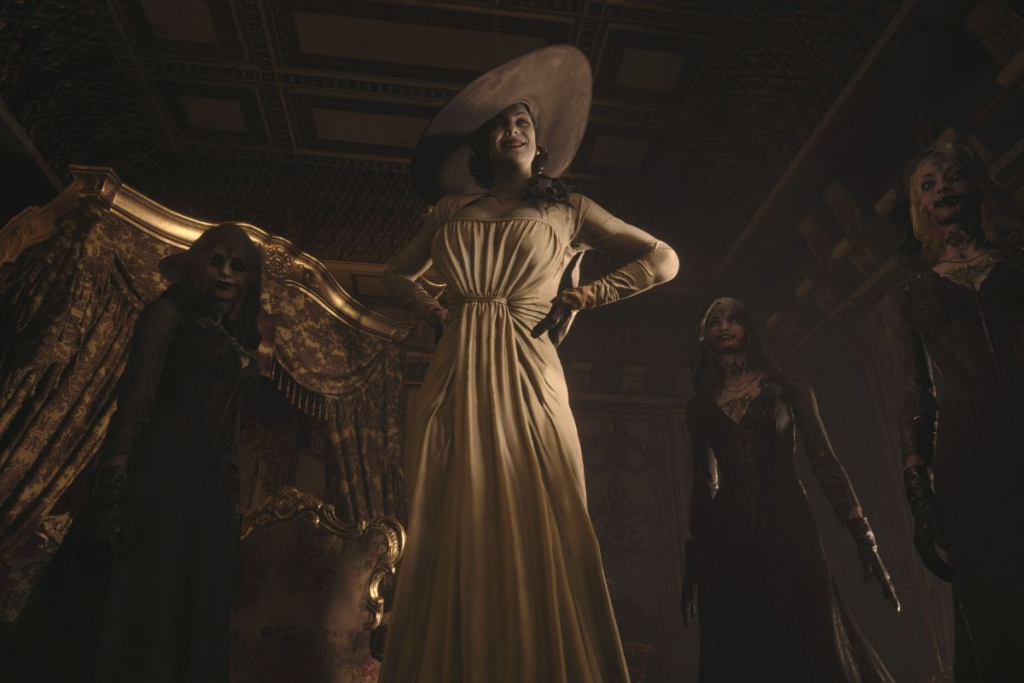When Capcom video game designer Tokuro Fujiwara approached his colleague Shinji Mikami in the early 1990s with the idea for a new game, neither of them knew they were laying the groundwork for a title that would forever alter the landscape of its genre.
The idea was simple. Create a new horror game based on elements from Sweet Home, which was another horror title released by Capcom in 1989 and directed by Fujiwara.
And so, with Fujiwara’s concept in place and Mikami on board as the game’s director, work began at Capcom on this terrifying title until its completion in 1996, when Biohazard, or Resident Evil as it became known internationally, was released on the famed Playstation.
It was at this moment that a timeless standard was set for survival horror that to this day, still sends chills down the spines of players around the globe.

Image by Ben Cooke
Biohazard vs. Resident Evil
But why give a game two names? Tracking back to before the game’s initial launch, Capcom’s marketing executives quickly realized that obtaining the rights to the title “Biohazard” was going to be problematic outside of Japan. This was not due to the nature of the name itself, but rather the fact that there was already another game and even a New York-based punk rock band going by the same name. So they hatched a plan.
A company-wide contest was held at Capcom for staff to provide suggestions on what the new game’s international title would be, with the winning suggestion of Resident Evil coming from a designer in the company’s US-based development group, Capcom Digital Studios.
With a second name locked in, it was full steam ahead toward release.

Resident Evil 3
Welcome to Raccoon City
Although a title created in Japan, the original Resident Evil and a number of its sequels are set in the fictional American location of Raccoon City, where players find themselves thrust into a world of flesh-eating zombies, bioterrorism and barely enough supplies to keep themselves alive.
It was a recipe for success. The antagonistic Umbrella Corporation, creator of the “T-virus” which was responsible for the zombie outbreak, created a somewhat faceless enemy for players to reckon with as the horrors of the virus ran rampant throughout the city. The concept of zombies by way of human intervention was unique at the time, as previously zombies were often seen as supernatural creations throughout pop culture.
Further adding to an already terrifying atmosphere, and really driving home the “survival” aspect of survival horror, were two cleverly devised gameplay mechanics: characters that weren’t all that easy to maneuver and a distinct lack of supplies.
These two elements of the game not only heightened the tension of every confrontation, but also meant players had to approach enemies with a strategy in mind. This required taking into account how much ammunition they had, their health status and even the layout of the various rooms and landscapes to ensure escape was possible.
It was this tightly woven combination of in-depth story and tense gameplay that not only made Resident Evil an undeniable work of greatness the moment it hit store shelves, but also cemented it as an inspiration for countless other gaming developers for decades to come. An inspiration that shines clearly throughout later survival horror titles such as Silent Hill, Alan Wake and Dead Space to name but a few.

Resident Evil 2
Heroes of Horror
To date, there are 10 core Resident Evil video games that make up the main storyline, but the total number of games inclusive of spin-offs and remasters sits at more than double that amount.
Since the original Resident Evil made its way into the homes of horror fans around the world, the franchise has repeatedly gone from strength to strength, grossing over $1 billion dollars in sales and winning numerous Game of the Year awards across a number of installments.
Not satisfied with dominating the video game space, in 1997 Capcom also sold movie adaptation rights to German studio Constantin Film in order to bring the famed franchise to the box office. In 2000, British filmmaker Paul W.S Anderson was enlisted to helm the project as the writer and director of the first Resident Evil movie, which would then be followed by five sequels.
The series, while not as well received as the video game, went on to not only gross more than $1.2 billion at the box office, but also holds the Guinness world record for the most live-action film adaptations of a video game at a grand total of six.

Resident Evil Village
A Lasting Legacy
As is the case with all games over time, earlier Resident Evil titles have been showing their age in recent years, particularly as gaming hardware and graphical capabilities have gone through rapid improvements since their initial release.
To bring these classics into the modern age, Capcom has remastered Resident Evil 1, 2 and 3, with a remastered Resident Evil 4 due for release in 2023. These beautifully redesigned editions allow those who grew up with the series to enjoy them all over again, while also inviting newcomers to jump straight into a modern-day version of a true classic.
As for what’s next within the core series, it’s hard to say with Resident Evil. The most recent additions, Resident Evil 7: Biohazard and Resident Evil Village, saw the game make enormous leaps both in terms of gameplay and storyline, so there’s little doubt that whatever comes next will do justice to the franchise.
What started as little more than a conversation between like minds in early ’90s Japan, today stands as the indisputable godfather of survival horror and will undoubtedly do so forever.
Images courtesy of Capcom








